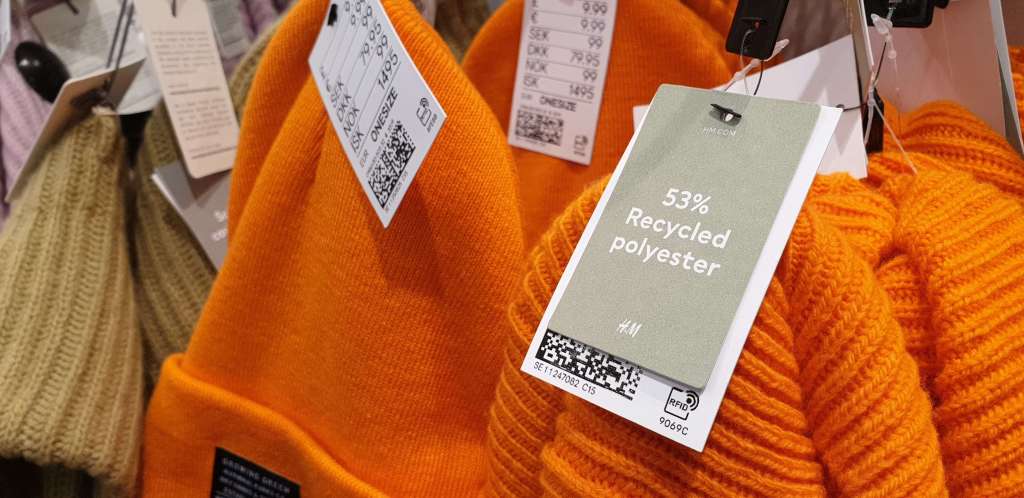Innovation with Sustainability - Patagonia's Circular Business Model



Summary: Patagonia, the leading outdoor clothing brand, has implemented sustainable strategies for apparel manufacturing since its inception. Here’s how Patagonia's business model is a lesson in sustainability for other fashion brands.
Sustainability: the Patagonia Way
Yvon Chouinard, the founder of Patagonia, was recently in the news for giving his company away. The reason? He is giving away his three billion dollar company—you heard that right—to fight climate change. This is a huge deal in the fashion industry. To our knowledge, no founder of a major company has ever done something like this before. An avid climber and blacksmith, Chouinard’s first brand was Chouinard Equipment. His chrome-molybdenum steel pitons made him popular among climbers. But Chouinard soon realized that his pitons were damaging mountainous areas. Seeking to prevent this, he created aluminum chocks as an alternative. Needless to say, the chocks were a greater hit with climbers. Chouinard founded Patagonia in 1973 to promote clean climbing that doesn’t harm the environment. In the early days, he used renewable energy sources and recycled papers in many products such as catalogs. This set the tone for Patagonia’s future as a brand known for sustainable apparel manufacturing. So, what makes the Patagonia sustainability model exemplary? Let's take a closer look.Patagonia's Journey
From its inception in 1973 to a switch to 100% organic cotton by 1994, Patagonia is known for being an industry leader in sustainable practices. The removal of chlorine from its wool products in the same year was the next big step.
At present, Patagonia is an activist organization that provides funding and know-how for grassroots enterprises. Their mission statement leaves little to be said: "We’re in business to save our home planet.” The goal is not just growth—it’s sustainability.
Environment in Focus
By aligning its activities with environmental concerns, Patagonia works toward a greener tomorrow. The brand has created durable outdoor clothing gear that helps customers cut down on repurchases. Patagonia also maximizes the use of recycled and organic materials in its products. Their Worn Wear program promises to help buyers repair their gear and lengthen the life of each garment to reduce the carbon footprint.Accepting Higher Manufacturing Costs
 Implementing sustainability poses financial barriers that may discourage most fashion brands. But being profitable using Patagonia’s business model is quite feasible. Working in tandem with suppliers, Patagonia maintains an eco-friendly supply chain that's unaffected by extra costs. The brand uses organic cotton in most products, and most of the material used for creating apparel is recycled.
Implementing sustainability poses financial barriers that may discourage most fashion brands. But being profitable using Patagonia’s business model is quite feasible. Working in tandem with suppliers, Patagonia maintains an eco-friendly supply chain that's unaffected by extra costs. The brand uses organic cotton in most products, and most of the material used for creating apparel is recycled.
Value-Based Marketing
Customer awareness is essential to take sustainability forward. Patagonia assures customers of their contribution to the environment with each purchase.
Under the Worn Wear program, Patagonia has launched a second-hand clothing outlet to decrease the carbon footprint of its apparel. With this, they've made high-end sustainable products accessible to consumers.Premium Pricing
 Sustainability comes at a premium, and customers are aware that Patagonia products may inch toward the higher end of the price spectrum. But with increasing environmental consciousness, shoppers don’t mind paying extra for a sustainable product. The sustainability model at Patagonia incorporates pricing standards that help them maintain their eco-conscious practices.
Sustainability comes at a premium, and customers are aware that Patagonia products may inch toward the higher end of the price spectrum. But with increasing environmental consciousness, shoppers don’t mind paying extra for a sustainable product. The sustainability model at Patagonia incorporates pricing standards that help them maintain their eco-conscious practices.
Transparent Monitoring
Regular assessment and monitoring are key to sustainable practices. In-house efforts such as a footprint council and third-party affiliations with organizations and universities are a part of Patagonia’s sustainability exercise. To improve its sustainability strategy, the brand has made its supply chain data available to the public.
Patagonia Products and Energy
Patagonia supplies clothes and tools for skiing, snowboarding, climbing, fishing, surfing, trail running, and biking. To cut down on the adverse effects of the products, 87% of the materials used are recycled fabrics. Examples are:- Organic cotton certified by the Global Organic Textile Standard [GOTS]
- Light-weight fabrics to make PFC-free jackets
- Patented eco-safe materials such as rubber wet suits manufactured from desert shrubs
- Protein-based silk textiles
Resell, Repair, and Recycle
At Patagonia, recycling is key. Jenna Johnson, head of apparel and equipment, says, "Recycling is an important and critical part of waste pollution out there." Recycling has helped Patagonia cut down on emission-intensive new materials by a large margin.
Patagonia began recycling polyester in 1993, much before the urgency to keep emissions in check picked up steam. At Patagonia:
The Way Forward…
Changing gears toward sustainability can be challenging for fashion brands. Patagonia’s impressive sustainability model shows that, with the right intent, sustainability is achievable for clothing brands. The first step towards brand sustainability is likely the hardest. But the upsides in the long run are worth the effort.
Looking for sustainable solutions for your fashion brand? Fashinza's powerful technology-driven platform helps you connect with manufacturers, suppliers, and designers who can make this happen! Visit Fashinza today for all your needs in the business of fashion.

Want to partner with Fashinza? Learn more.



















